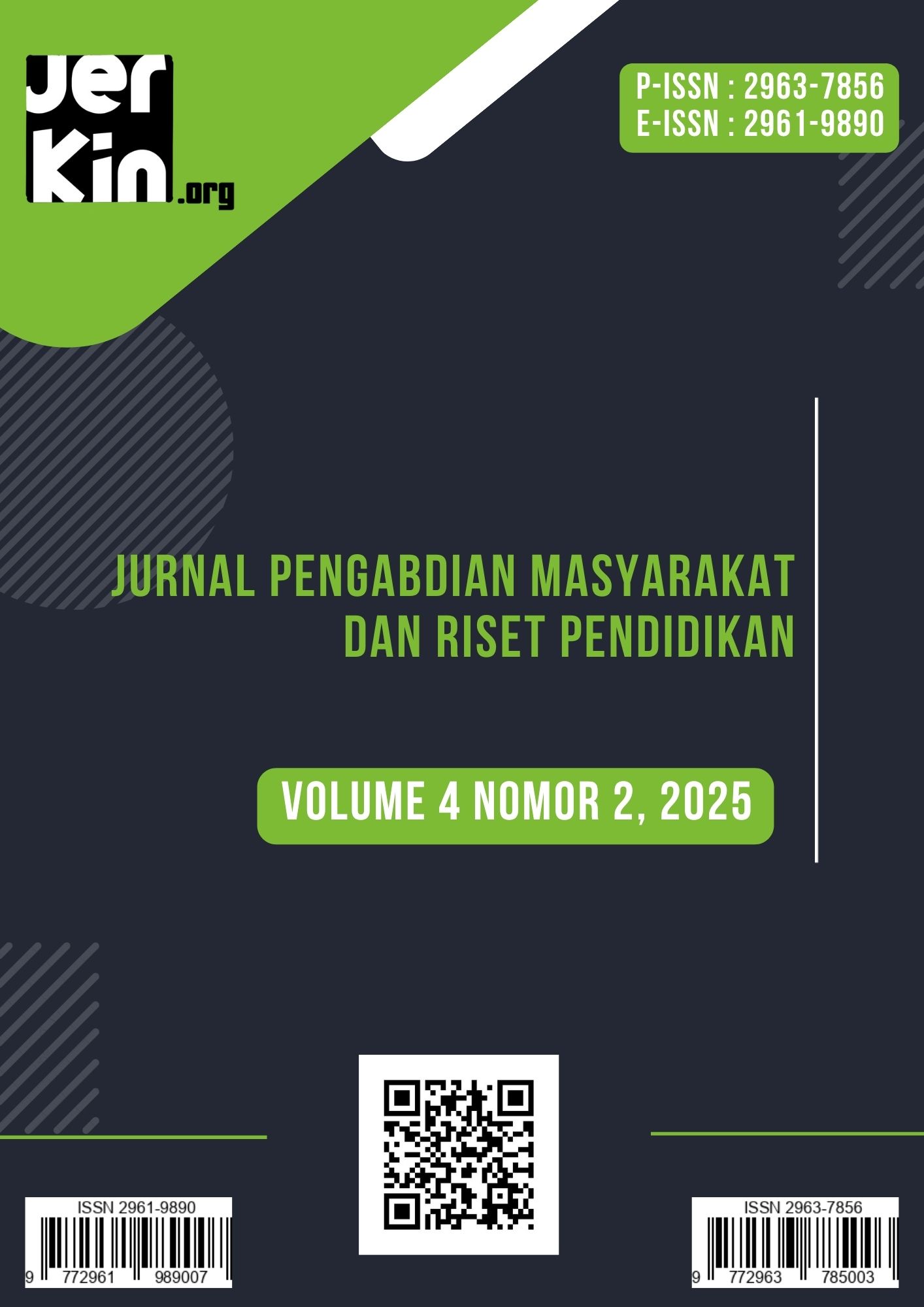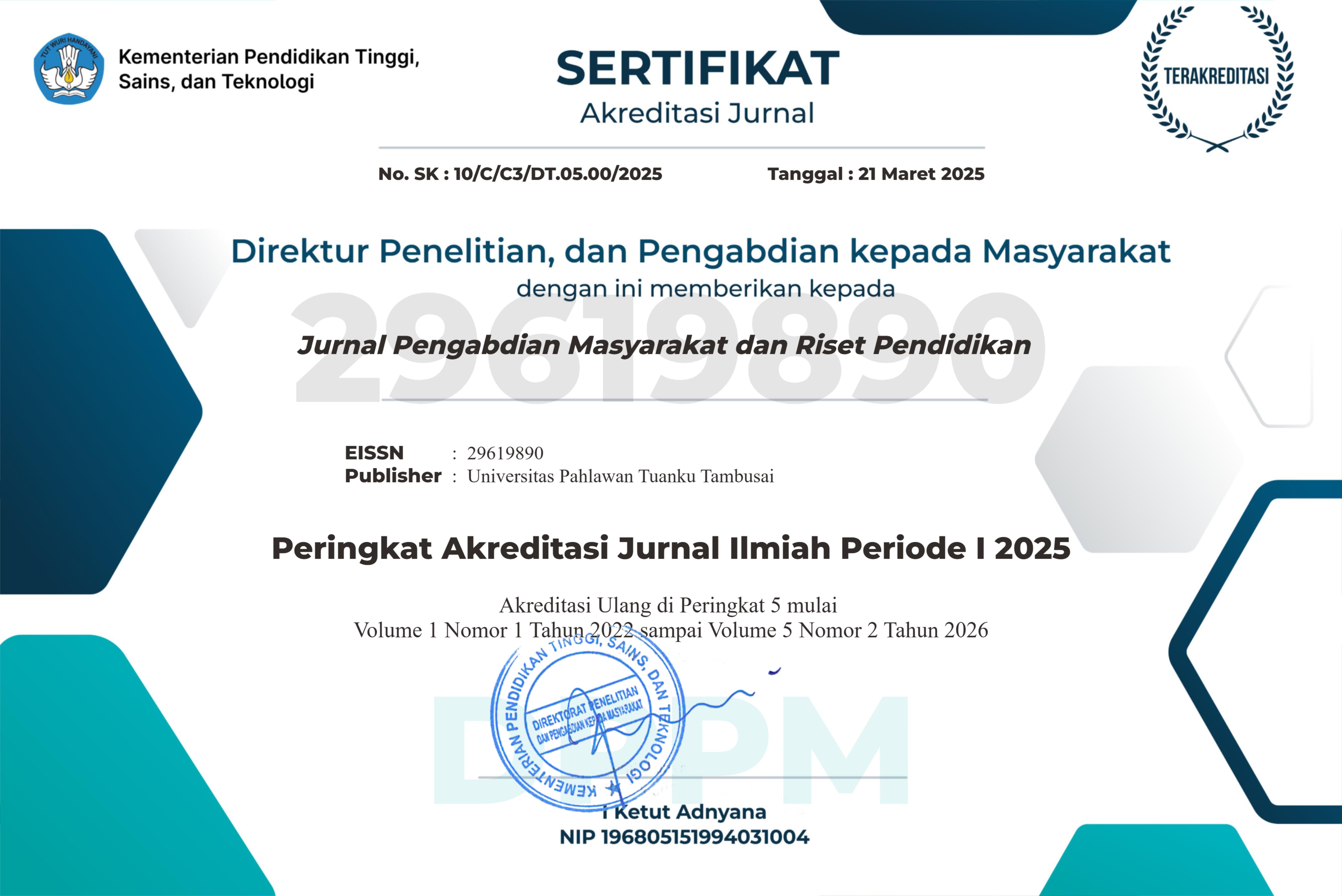Analisis Komparatif Terhadap Aset Tak Berwujud Pada Perusahaan Multi Nasional dan Perusahaan Domestik
Penelitian
DOI:
https://doi.org/10.31004/jerkin.v4i2.1519Keywords:
Intangible Asset Tax, Multinational Corporations, Domestic Corporations, Transfer Pricing, BEPS, DEMPEAbstract
This study aims to comparatively analyze the tax treatment of intangible assets between multinational corporations (MNCs) and domestic companies, and its implications for the fairness and effectiveness of the Indonesian tax system. Using a qualitative approach with a descriptive-comparative design, this study examines the differences in principles, recognition mechanisms, amortization, and transfer pricing practices related to intangible assets based on national regulations and OECD international guidelines. The analysis shows that MNCs have greater flexibility in optimizing the global tax structure through profit shifting and asset allocation practices to low-tax jurisdictions, while domestic companies operate within a simpler and more limited regulatory framework. This disparity results in significant differences in effective tax rates (ETR) and potential erosion of the national tax base. This study emphasizes the importance of strengthening transfer pricing audit capacity, implementing the DEMPE framework, and international cooperation through Country-by-Country Reporting to create a fair and sustainable tax system.
References
Bilicka, K. A. (2019). Comparing UK tax returns of foreign multinationals to domestic firms. DigitalCommons@USU. https://digitalcommons.usu.edu/cgi/viewcontent.cgi?article=1945&context=econ_facpubs
Christian, Y. N. (2021). Analisis pengaruh perencanaan pajak terhadap nilai perusahaan. Media Neliti.https://media.neliti.com/media/publications/357253-analisis-pengaruh-perencanaan-pajak-terh-2ac5cf11.pdf
Mola Okoko, J., Tunison, S., & Walker, K. D. (Eds.). (2023). Varieties of Qualitative Research Methods: Selected Contextual Perspectives. Springer
Mohamed, H. (2017). Qualitative research approach in LIS education: Comparative methodology study. IOSR Journal of Research & Method in Education, 7(1), 83-89. https://doi.org/10.9790/7388-0701028389
Rennath, M. S., & Wijaya, H. (2024). Pengaruh intangible assets terhadap firm value di Indonesia. Jurnal Paradigma Akuntansi, 6(1). https://journal.untar.ac.id/index.php/jpa/article/view/29923/18032
Sari, M. D., & Nuraini, A. (2022). Analisis kepatuhan pajak berdasarkan Theory of Planned Behavior. Jurnal Ilmiah Akuntansi (JIA), 6(1), 45–56. https://jurnal.pknstan.ac.id/index.php/JIA/article/download/1388/873/7546
Sembiring, M. (2024). Pengaruh inflasi terhadap capaian ekspor sektor industri manufaktur di Indonesia. Journal of Economics and Entrepreneurship (JOECY), 3(2), 112–123. https://joecy.org/index.php/joecy/article/view/822
Tewu, S. (2023). Analisis perencanaan pajak PPh 21 yang dilakukan konsultan pajak terhadap klien. Karisma: Jurnal Akuntansi dan Bisnis, 6(2), 98–107. https://ejournal.unklab.ac.id/index.php/kar/article/view/1049
Downloads
Published
How to Cite
Issue
Section
License
Copyright (c) 2025 Hasiandra Simanjuntak, Jekky Ginting, Anita Br Saragih, William Girsang, Al Wahfi Suhada Sipahutar

This work is licensed under a Creative Commons Attribution-ShareAlike 4.0 International License.















